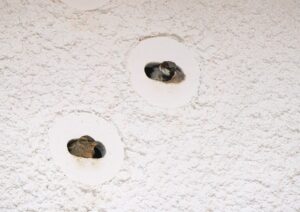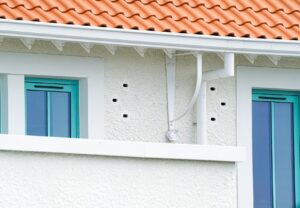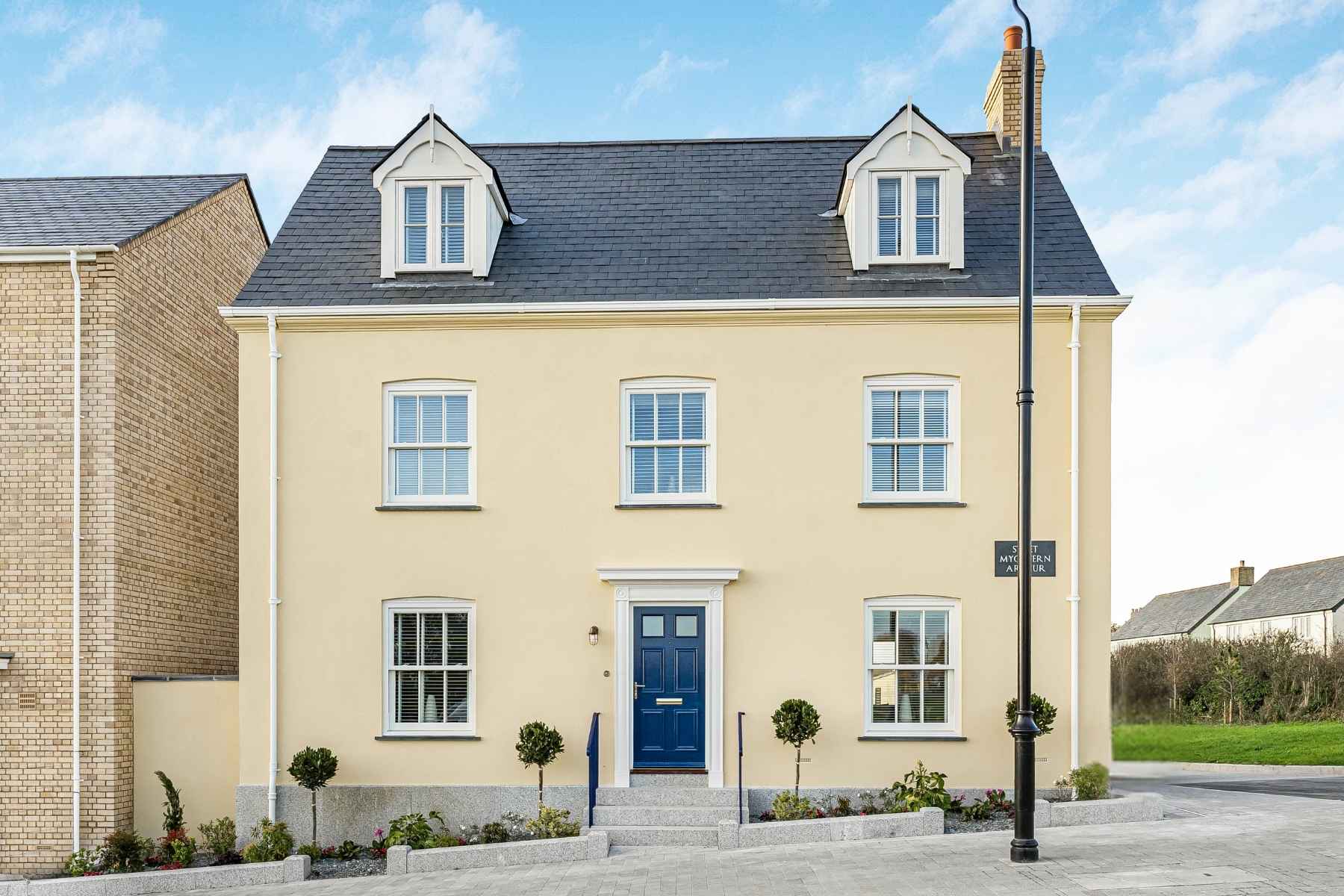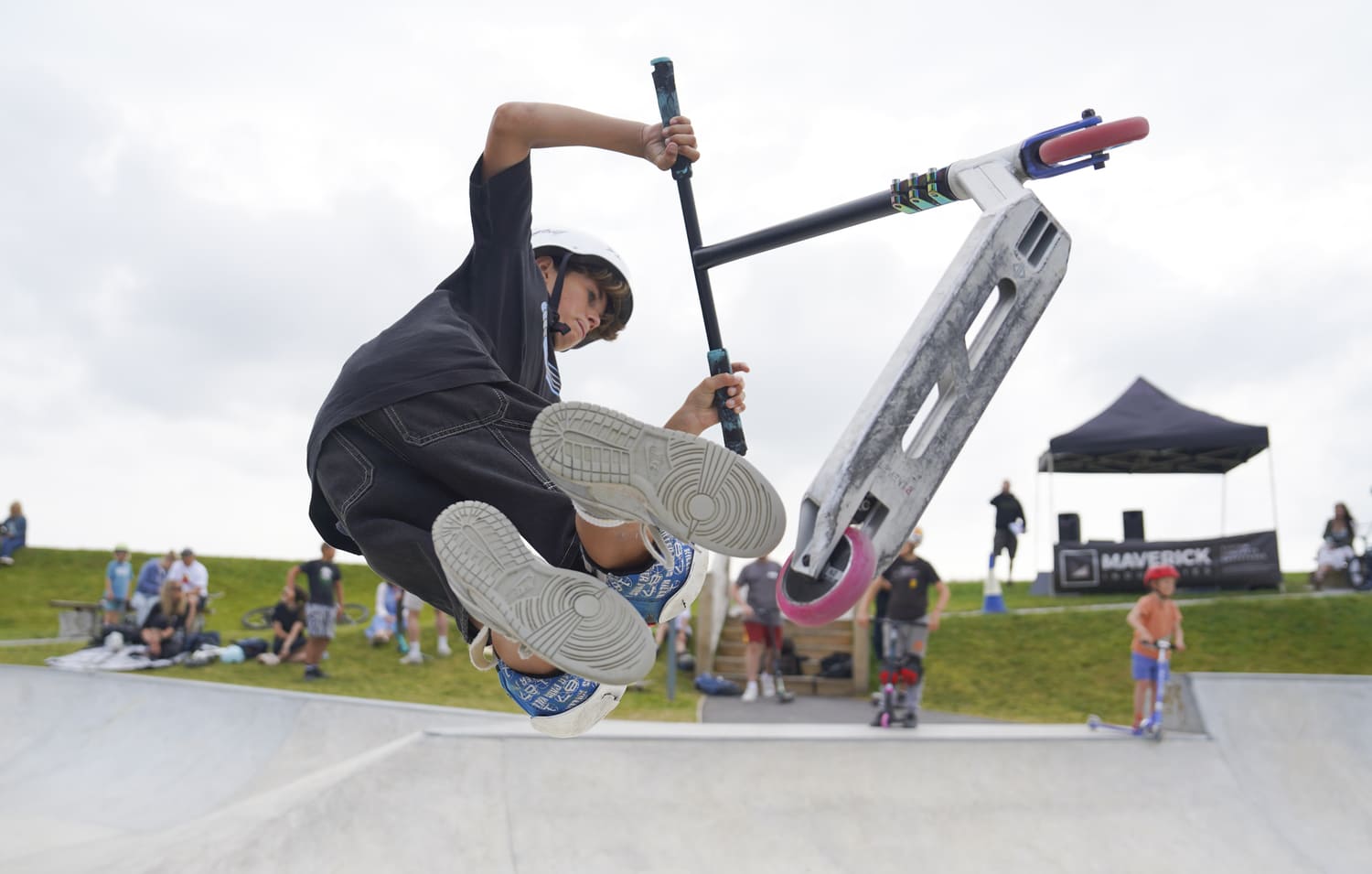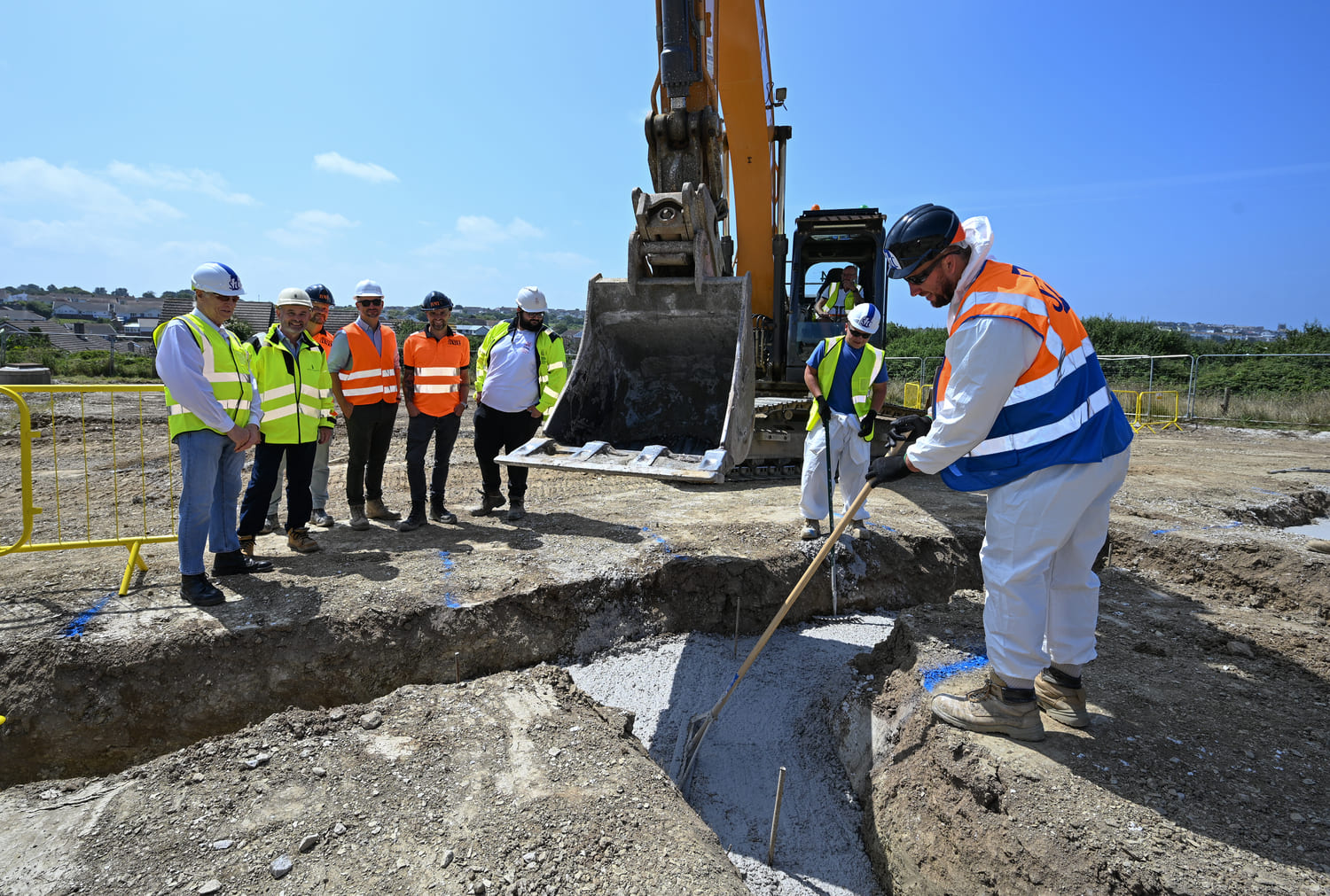Building ‘nest bricks’ into the walls of new homes and buildings is helping to attract a variety of nesting birds to new developments, according to research commissioned by the Duchy of Cornwall.
Under the guidance of HRH The Duke of Cornwall, the Duchy has introduced several wildlife enhancing measures across its rural and urban estates.
Since 2015 the Duchy has been working with the RSPB to pioneer the use of integrated nest boxes in its new developments and investigate which boxes work best, with on average one bird box installed in every home built.
The aim is to provide habitat for declining species like swifts, house sparrows and starlings, and provide examples of best practice that can be adopted by the UK building industry.
For the last two years residents in four Duchy of Cornwall developments at Nansledan and Tregunnel Hill in Newquay, Trevethow Riel in Truro, and Poundbury in Dorset, have been asked to monitor if next boxes are being used, and by which species.
The most recent survey, conducted last summer, found that out of 628 nest bricks, almost half – 294 – showed signs of use and that the rates of occupancy across the four sites ranged between 37% and 96%.
Residents who took part in the Big Duchy Bird Box Survey recorded 64 confirmed house sparrow nests, 31 house martin nests and 22 starling nests. Swifts were spotted prospecting a box at Trevethow Riel and may nest this year.
Dr Thaís Martins, an expert in zoology and avian biology, is supporting the Duchy to monitor the use of the bird boxes.
She said: “What we’re seeing is a range of bird species taking up residence that would not normally do so because modern buildings tend not to have the nooks and crannies where they like to nest, and that’s what’s led to the decline in numbers in recent years.
“Using these nest bricks means those habitats are built in from the start, and we’re starting to see occupancy increase year-on-year.”
Stephen Fitt from the RSPB, who has been working closely with the Duchy of Cornwall on the nest brick project, said: “The results so far are hugely encouraging and what we’re seeing is that nest bricks originally designed for swifts are being used by a range of species including house martins, which was a surprise. This means that we can move towards a universal brick that developers can use as a very cost-effective ecological enhancement for a variety of bird species, and it’s something we’d like to see adopted as standard across the industry.”
Mr Fitt said he hoped to see swifts nesting at some of the Duchy’s sites this summer: “Swifts don’t nest until their fourth season and spend two years looking, so we’re really hopeful something will happen this year.”
Ben Murphy, Estate Director at the Duchy of Cornwall, said across its developments the Duchy had already committed to installing around 7,000 nest bricks, and added: “HRH The Duke of Cornwall regularly encourages us to explore ways to enhance biodiversity across our sites and these nest bricks are just one way of bringing nature into our developments and reconnecting people with the natural world.
“We’re thrilled to see so many of the nest bricks already being used and we hope the overall number of birds and species will continue to rise as the new landscape matures with increasing biodiversity. I’d like to thank all the residents who took part in last year’s survey, and I hope we can get even more sightings this year.”
The next Big Duchy Bird Box Survey takes place later this year. For more information visit: https://www.facebook.com/TheBDBBS/
